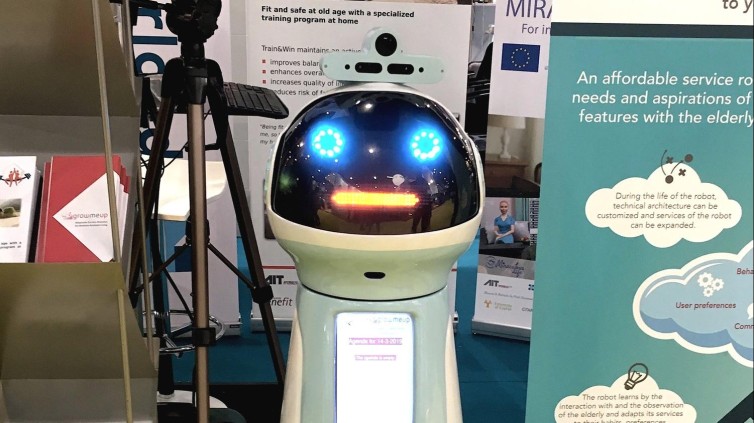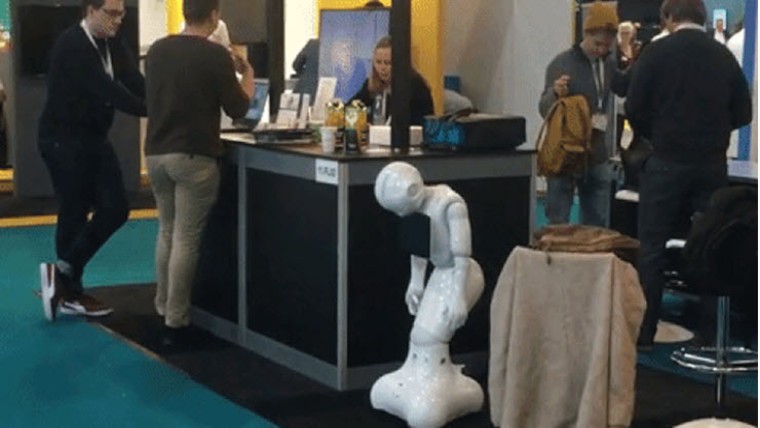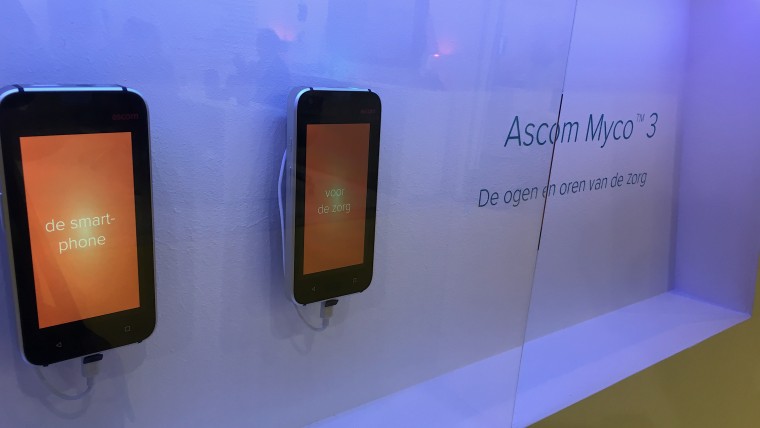
Een artikel - in het Engels - door Bob Wiebes van aFrogleap - a Merkle company
Healthcare and digital technology. In our minds, and probably also in yours, they’re an obvious match. Applying human-centered design principles to create better experiences in a medical context seems like a no-brainer. Still, it seems the successful implementation of innovative healthcare solutions is lacking. To find out why, we went to the biggest healthcare and ICT conference in The Netherlands
It is easy to presume that technology has an answer to all life’s (and death’s) obstacles. Indeed, the impact of technology on healthcare has been nothing short of staggering. Yet, healthcare staff have been increasingly experiencing frustration with their new digital tools. An apparent lack of user-centered design is causing poor usability and social hurdles: ‘The last time you went to your GP’, Emma Bruns, doctor and columnist for NRC writes in her article Dokter, ruik eens aan uw patient en kijk minder op uw monitor, ‘did they attentively shake your hand and observe you, or was their computer screen more important?’ As in other fields (like education), it seems people have been so eager to adopt new technology that they’ve overlooked the actual context of use.
We don’t just wish to better understand the world we design for, we also need to avoid incorrect assumptions. That’s why we visited the Zorg & ICT conference in Utrecht to validate our suspicions. The trip gave us insight in the disconnect between technology and its users, as well as the difficulty of bringing tech innovations to the hospital floor.

Entering the big hall of the Jaarbeurs, we were greeted by a technological emporium of shiny robots asking about your feelings, smartphones specifically catered to healthcare professionals (with specs that can’t challenge modern smartphones from Samsung and Apple) and huge expensive touch screens that showed dashboards littered with non-interactive charts and data sets. We couldn’t help but wonder whether or not these (at times very costly) products were designed for real-life use cases. Talking to several people on the show floor, we found that the biggest challenge both innovators and their target audience are facing is successful implementation. A tough predicament indeed. The solutions currently being developed by start-ups and companies all around the world are extremely revolutionary and high-tech, but unless these ideas are well implemented and actively used, they won’t save any lives or ease any work.

We sincerely believe that healthcare, as arguably the most important element in our society, deserves to be the core focus of our efforts to improve user experiences. We cannot be celebrating UX victories in commercially successful products without also applying these efforts to the care of our fellow humans. Innovation companies like IDEO and tech giants like IBM have been putting their vision into clinics around the globe, but we cannot overlook the awe-inspiring progress start-ups have been making in the field of data analysis and smart algorithms.
Partnering up to design a way to get all this life-saving information on somebody’s device is key. We need to combine our expertises to accelerate this innovation. To get started, keep these three principles for effective innovation in mind:
- Don’t let innovation interrupt your business-as-usual Actively pursuing innovation can be difficult in a hierarchic and slow organisation. We help you innovate while your organisation continues to be up and running, plugging our design process back into your daily workflow at the best moment. This way, innovation can be a dedicated cause instead of something to do in between the ‘real’ work.
- Visualize ideas to gain support within your organization Quickly visualising new ideas and concepts can not only help quick validation with the user, but also helps to gain support of your peers and higher-ups. The commitment and ownership of the entire organisation is key to successfully implement any innovative product or service so that it will be actually used and improved by and with the user.
- Get and keep your users on board Instead of building a shiny product and forcing people to work with it, embed the product or service in your organisation. How? By properly onboarding your users so they know when, where and especially how to use it. By going beyond a single training or course and facilitating continuous feedback sessions to improve consistent use, we make sure that the value we want to create actually makes a difference.
We would love to apply our 10+ years of experience in creating the best digital products and services to a field where we can really make a tangible difference. The agile processes we’ve been using for software development are a brilliant fit for design in healthcare, accelerating implementation and bringing the future to our doorstep. Let’s have a chat.














Reacties:
Om een reactie achter te laten is een account vereist.
Inloggen Word abonnee